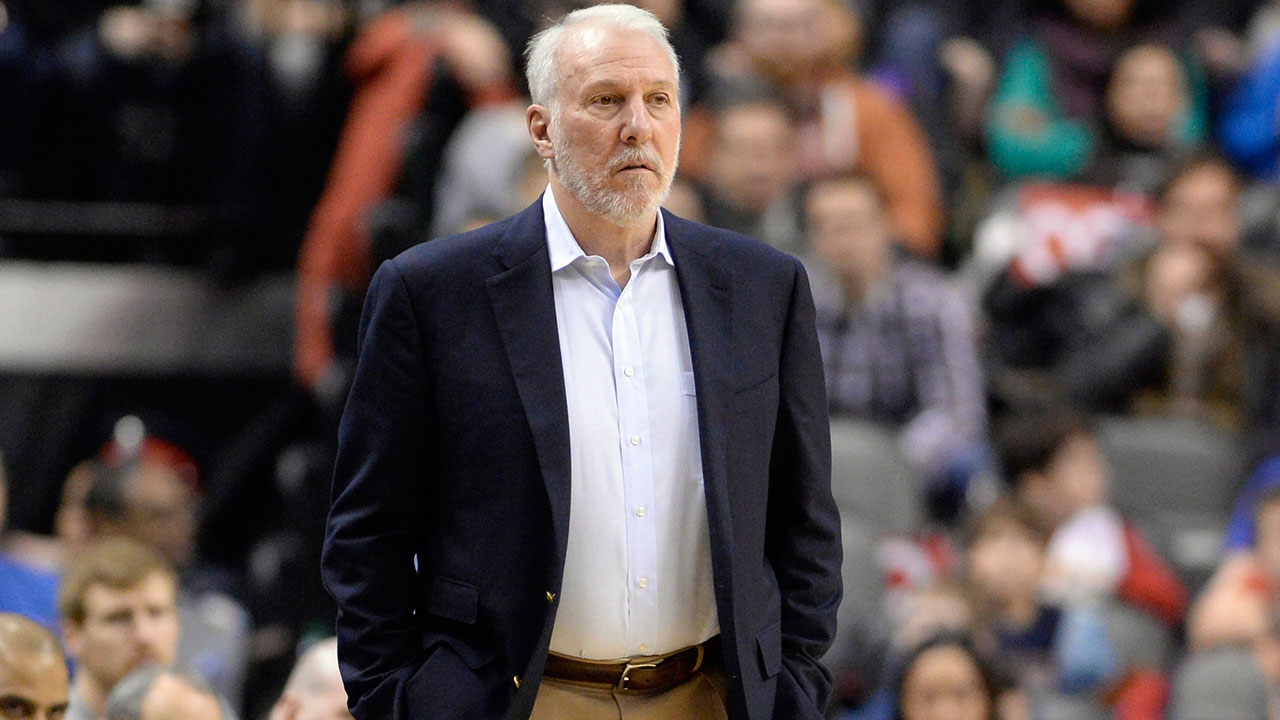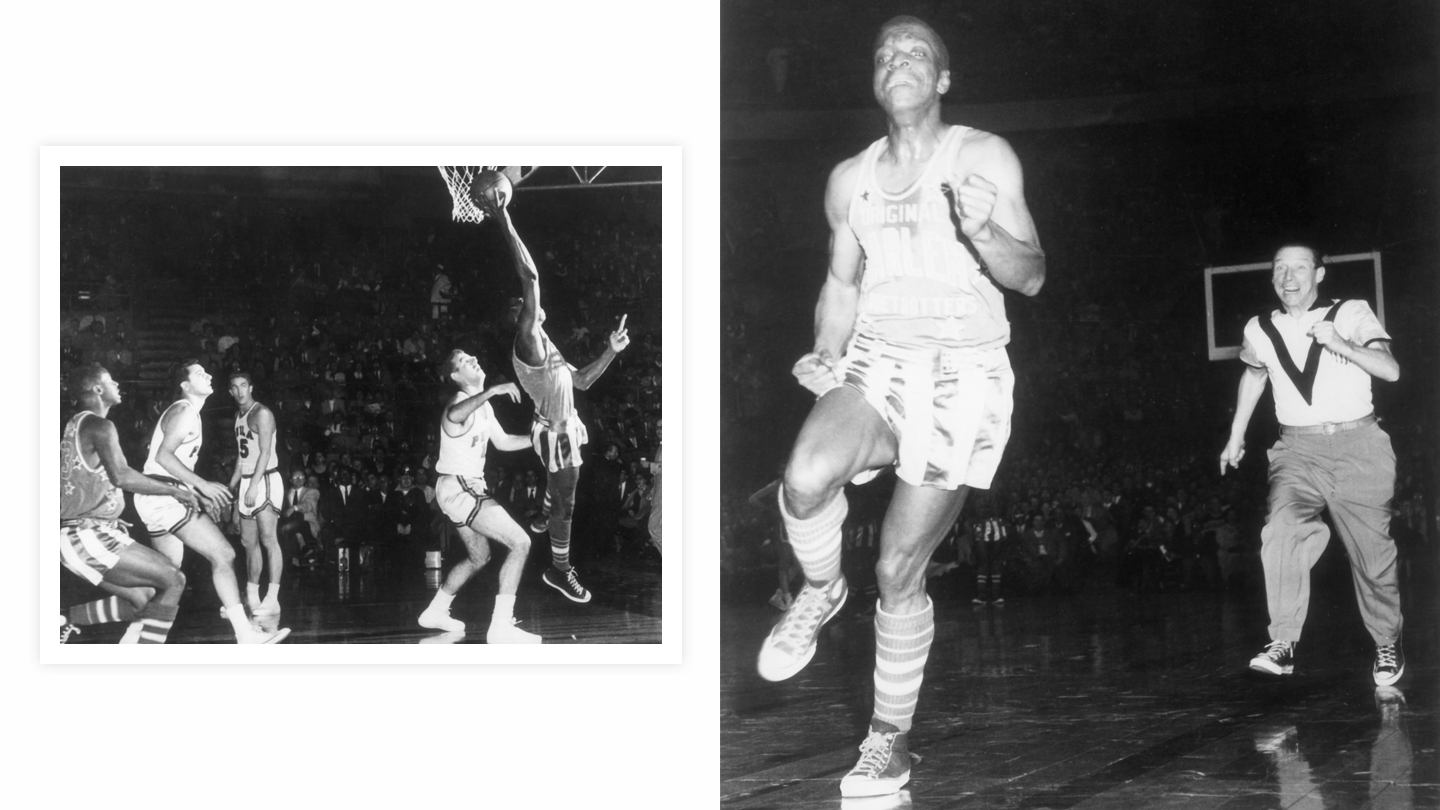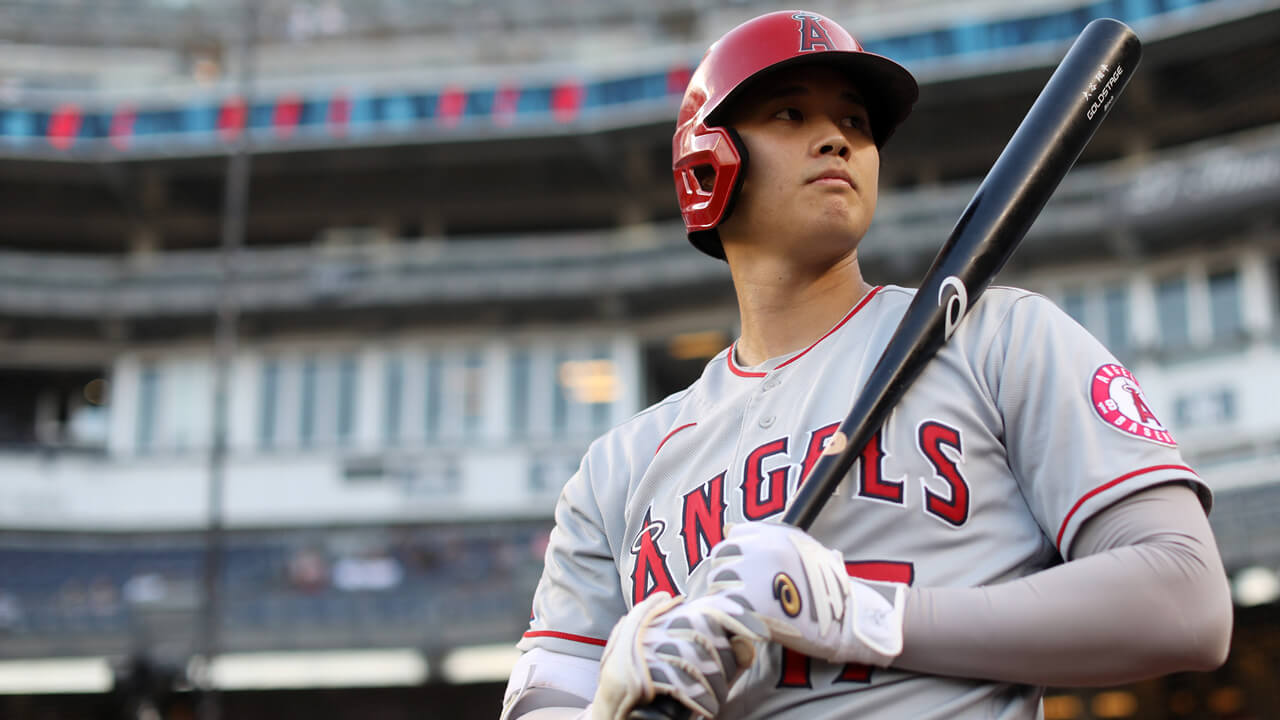“The communist argument is that the American Negro is exploited and held in bondage,” Saperstein said after the tour wrapped. “The Globetrotters, without saying a word, refuted much of that by living at the best hotels and behaving in the manner of educated men.”
The ’51 world tour saw the Globetrotters treated like royalty. They played in front of the Pope, stayed in a lavish hotel on the Champs De Elysee, and were introduced to heads of state.
Back home, however, the “communist argument” held plenty of water.
“When they travelled in the South, they wouldn’t let the players stay at hotels,” says ‘Sweet’ Lou Dunbar, a Globetrotters star in the ’70s and the team’s current coach. A well-known example of the racist absurdity Globetrotters players were subjected to occurred during a stop in Jacksonville, Fla., in the early ’50s when a chimpanzee named Judy, famous for her bowling ability, was installed at a local hotel that had refused the Globetrotters entry. “They gave her the Presidential suite with all the bananas she wanted,” Green says. “Meanwhile the Globetrotters get turned away at the door.”
“The contradiction [between] what the U.S. proposes to be, and what it actually was—that was true back in 1951 and is still true today,” says Jackson. “Early on, the young players who went out of the country were shocked by how relatively indifferent people outside the U.S. were to race. Everybody enjoyed travelling out of the country because of that relative freedom and access to things that they weren’t allowed back at home.”
Dunbar adds: “They were heroes [in Europe]. They were like the Pied Pipers. People used to follow them around, cheer them everywhere they went. And then they’d return home and reality set in again.”










